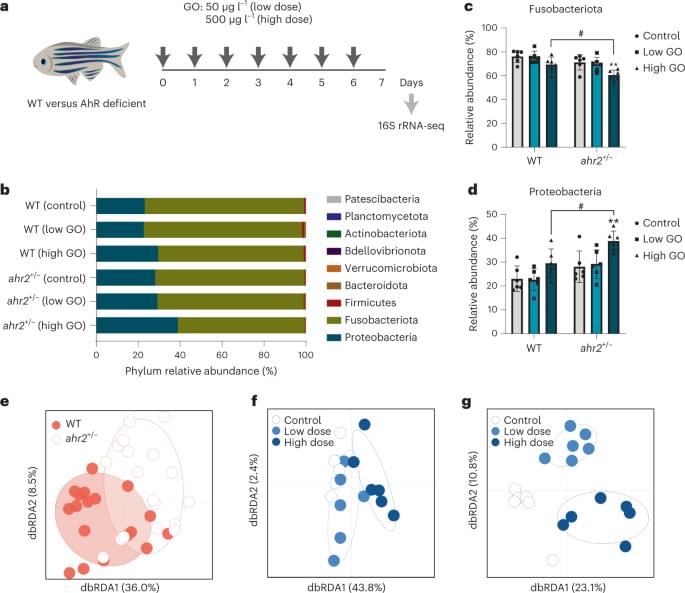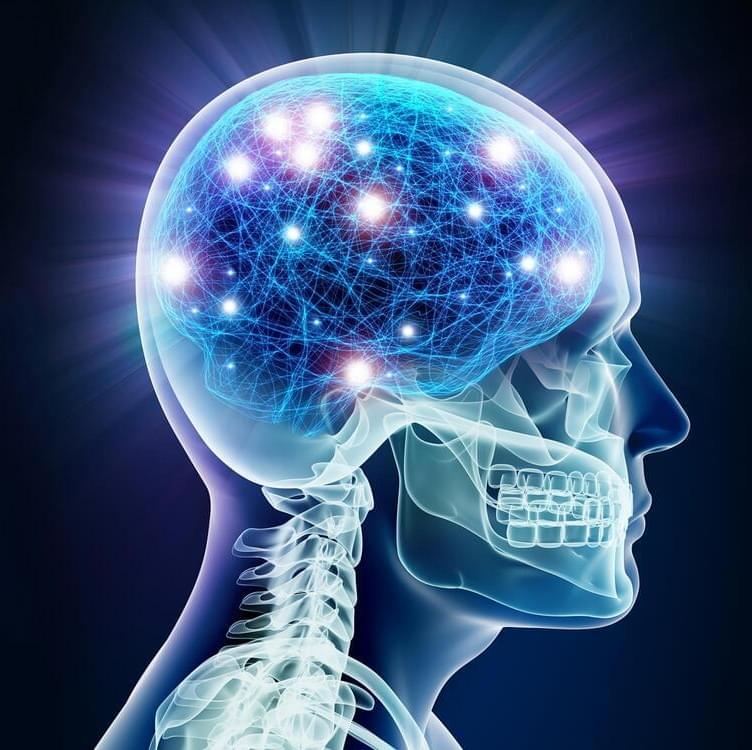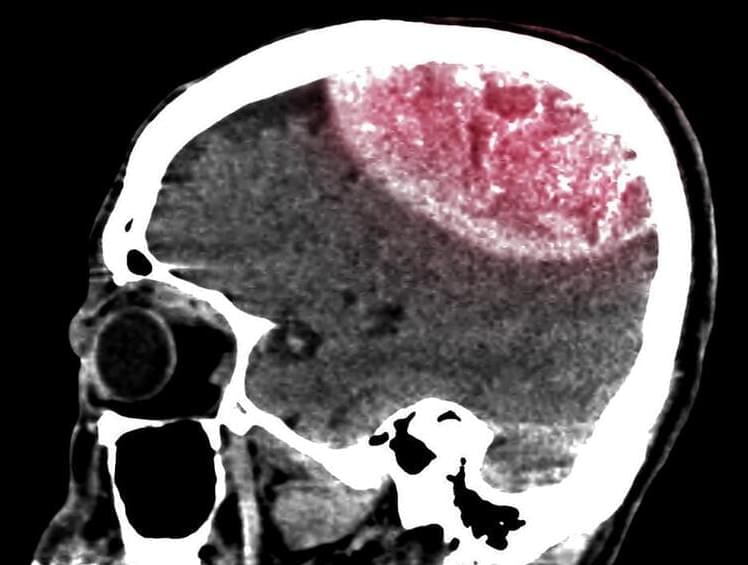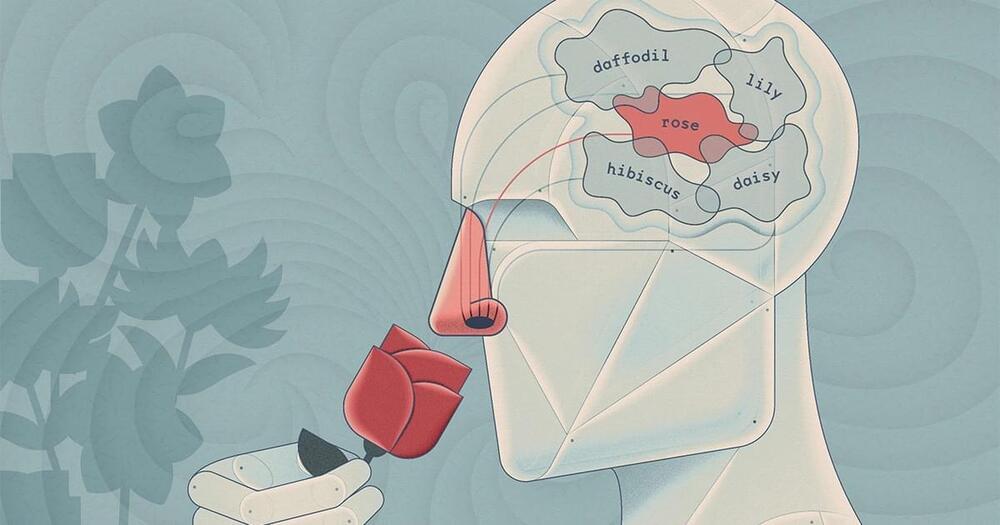Although the toxicity of graphene‐based nanomaterials on human health has been extensively studied, their impact on the microbiome remains poorly understood. Using zebrafish as a model, we show that graphene oxide modulates the immune system in a microbiome‐dependent manner through a mechanism mediated by the aryl hydrocarbon receptor. The study suggests an interplay among graphene‐based nanomaterials, microbiome and innate immune system.






